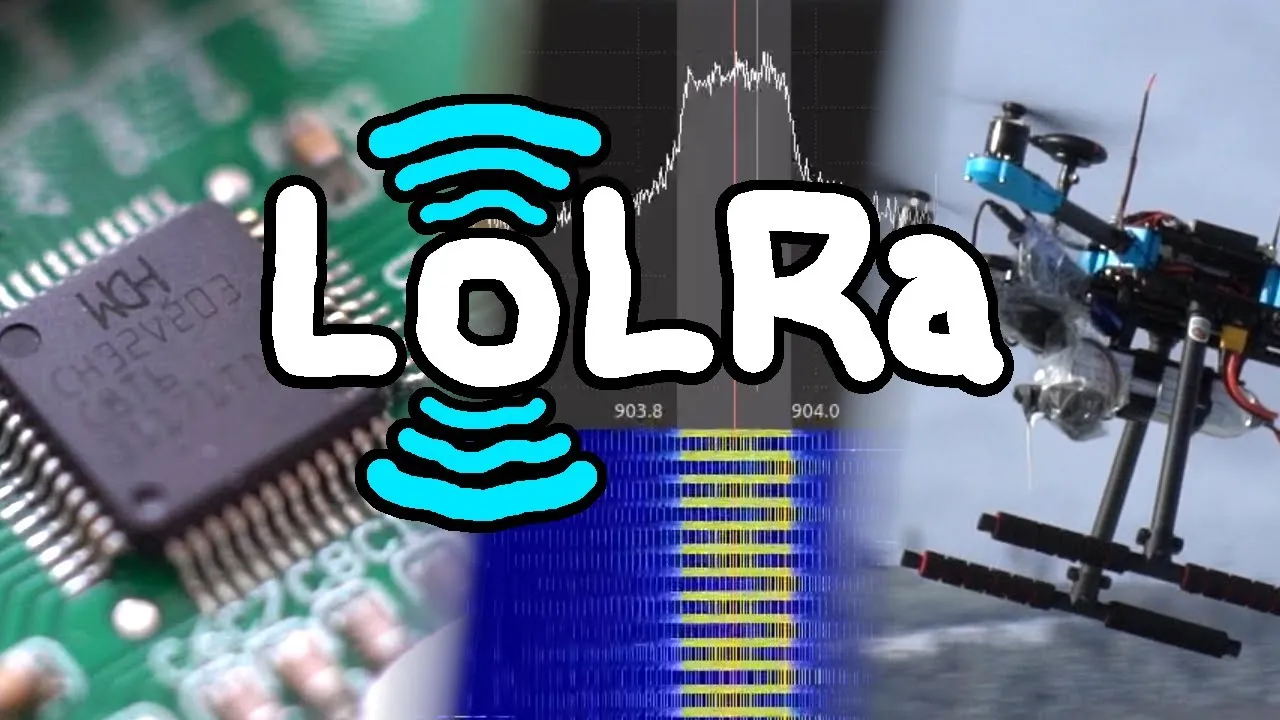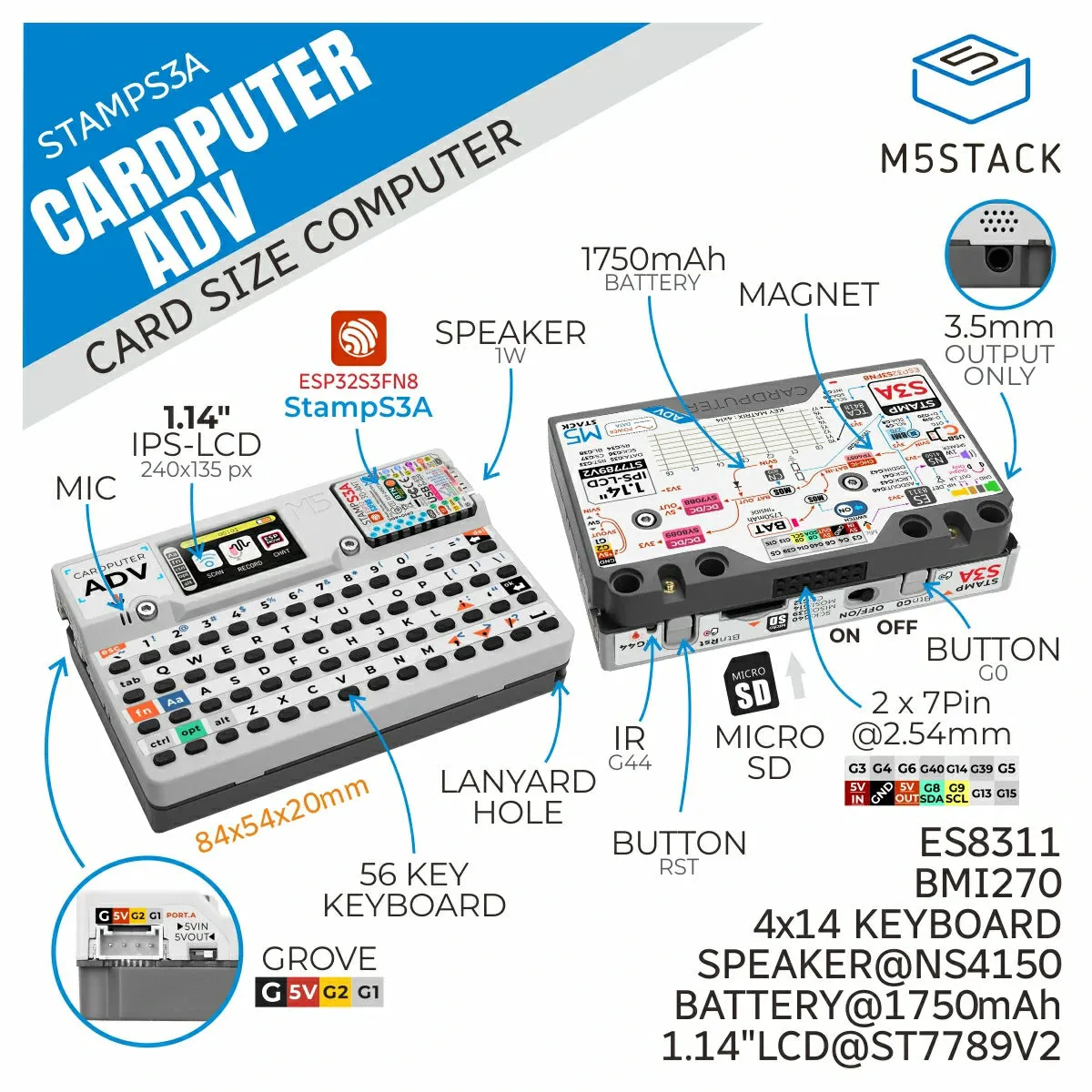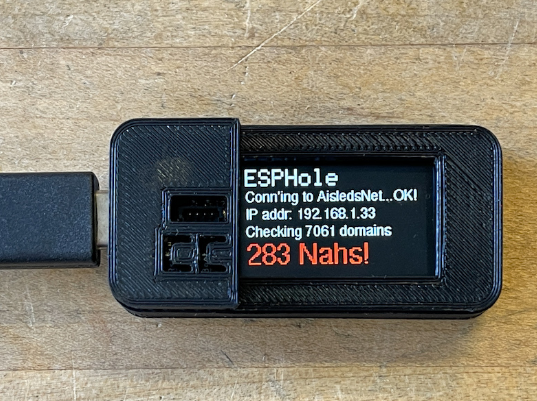Exploring the World of Free Real-Time Operating Systems (RTOS)
In the realm of embedded systems and IoT devices, real-time operating systems (RTOS) play a pivotal role in ensuring precise timing and responsiveness to critical tasks. Among the plethora of RTOS options available, free and open-source ones stand out for their accessibility, flexibility, and community-driven development. In this article, we delve into the world of free RTOS, exploring their features, applications, and the advantages they offer to developers.
Understanding Real-Time Operating Systems:
At its core, a real-time operating system is designed to handle tasks with strict timing requirements. Unlike general-purpose operating systems, RTOS prioritizes deterministic behavior, ensuring that tasks are executed within predefined time constraints. This characteristic makes RTOS ideal for applications where timely and predictable responses are paramount, such as industrial automation, automotive systems, medical devices, and more.
Popular Free RTOS:
- FreeRTOS: Renowned for its small footprint and portability, FreeRTOS is widely adopted across various industries. It offers a rich set of features, including task scheduling, inter-task communication, and memory management, while remaining lightweight and efficient.
- Zephyr: Developed by the Linux Foundation, Zephyr is gaining popularity for its scalability and support for diverse hardware platforms. With features tailored for IoT devices, Zephyr provides robust connectivity options, low-power operation, and seamless integration with cloud services.
- RTEMS: Known for its reliability and real-time performance, RTEMS has been a stalwart in safety-critical applications such as aerospace and defense systems. Its modular architecture and extensive driver support make it suitable for a wide range of embedded projects.
- eCos: Engineered for flexibility and customization, eCos empowers developers to tailor the operating system according to their specific requirements. With a vibrant community and extensive documentation, eCos offers a robust foundation for embedded development.
Applications and Use Cases:
Free RTOS find application in diverse domains, powering a myriad of embedded systems and IoT devices. From controlling industrial machinery to monitoring environmental sensors, these operating systems enable precise control and efficient resource utilization. Moreover, their open-source nature fosters innovation and collaboration, driving advancements in embedded technologies.
Advantages of Free RTOS:
- Cost-Effectiveness: As open-source software, free RTOS eliminate licensing fees, making them an economical choice for both commercial and hobbyist projects.
- Community Support: The vibrant communities surrounding these RTOS provide valuable resources, including documentation, forums, and code contributions, facilitating development and troubleshooting.
- Flexibility and Customization: Free RTOS offer flexibility in terms of configuration and customization, allowing developers to tailor the operating system to suit their specific requirements.
- Scalability: With support for a wide range of hardware platforms, free RTOS accommodate projects of varying complexity, from simple microcontroller-based systems to sophisticated IoT deployments.
Free real-time operating systems play a pivotal role in the embedded landscape, offering a compelling combination of performance, flexibility, and cost-effectiveness. Whether you’re developing a commercial product or tinkering with a personal project, these RTOS provide a solid foundation for building responsive and efficient embedded systems. By embracing the principles of openness and collaboration, free RTOS empower developers to push the boundaries of innovation and create impactful solutions for the connected world.







Post Comment